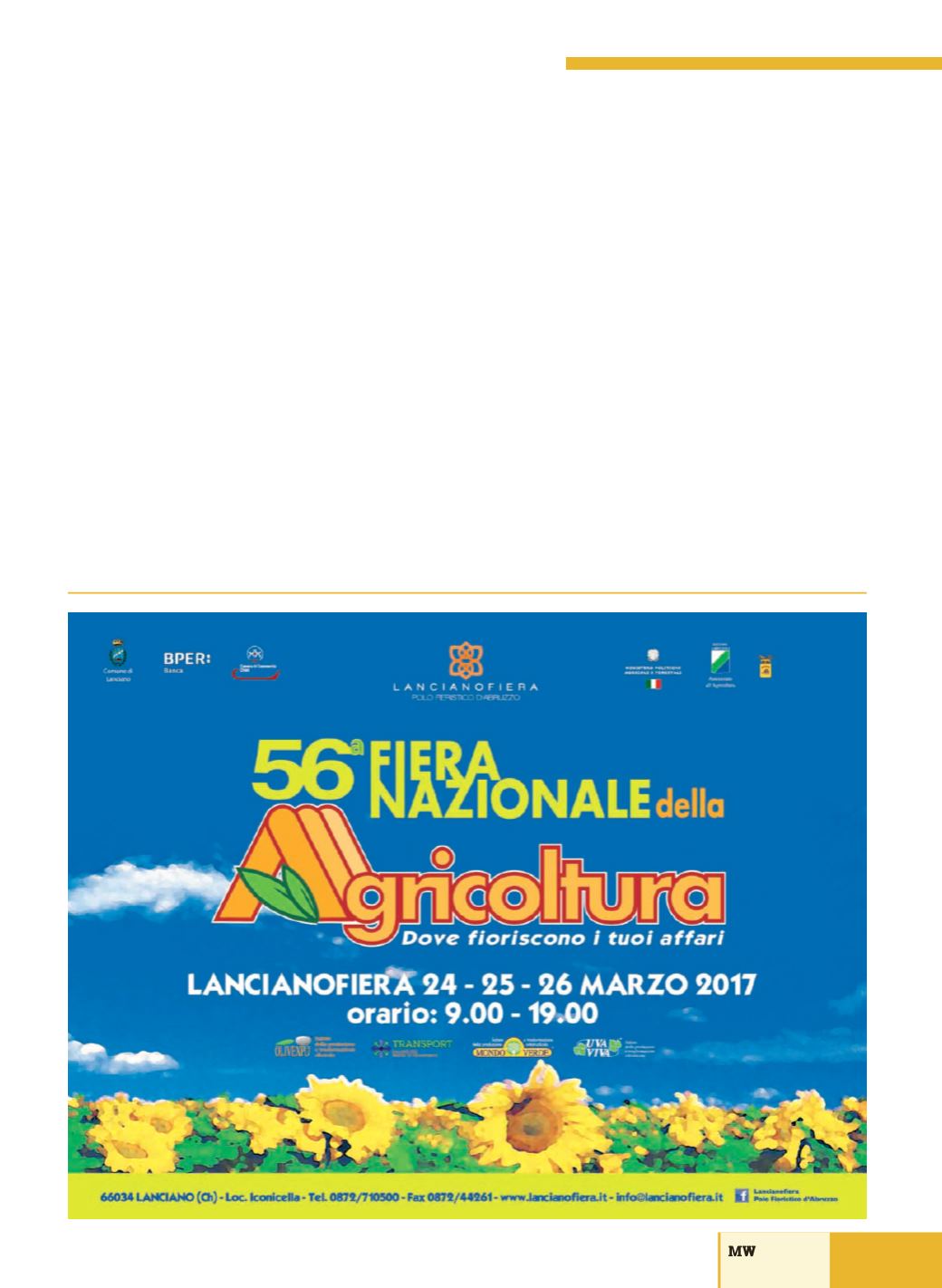

103
n. 12/2016
ze, si può coprire il terreno nell’intorno della piantina con
del materiale pacciamante.
Cura dell’interfilare
La Paulownia cresce in zone con precipitazioni tra 500 e
3000 mm/anno; per una crescita ottimale, tale da ottene-
re una produzione accettabile dal punto di vista commer-
ciale, sono necessari almeno 700 mm di acqua durante la
stagione vegetativa (ovvero dalla tarda primavera all’inizio
dell’autunno); diversamente, bisogna prevedere un pro-
gramma integrativo di irrigazione. In aggiunta, specie nelle
prime fasi di crescita, deve essere attuato un accurato con-
trollo delle infestanti per circa 1 m di diametro intorno al fu-
sto della pianta.
È importante assecondare con attenzione le esigenze idri-
che della coltivazione nei primi due anni di impianto, spe-
cie i primi 2-3 mesi dalla messa a dimora, nei quali è op-
portuno eseguire adacquamenti 2-3 volte la settimana per
2-3 ore/gg nei mesi più caldi (dimezzando le quantità in au-
tunno e inverno), da distribuire tipicamente in modo loca-
lizzato tramite gocciolatori da 2 l/h, in modo da mantenere
umido il terreno fino a circa 40 cm di profondità. E’ im-
portante però non eccedere nella quantità di acqua, poiché
la Paulownia è molto sensibile al ristagno idrico e muore fa-
cilmente per asfissia dell’apparato radicale. In alternativa,
l’irrigazione a scorrimento con piccole canaline realizzate
ad hoc risulta essere la soluzione più conveniente in zone
dove la disponibilità idrica non rappresenta un problema.
so, especially during the first phases of growth, the soil around
the trunk of the plant, an area of at least one metre in dia-
meter, must be carefully inspected for infesting weeds.
It is important to provide adequate irrigation especially du-
ring the first two years after transplant, and in particular du-
ring the first 2-3 months, during which it is necessary to wa-
ter the seedlings 2-3 times a week for 2-3 hours a day du-
ring the hottest months (the quantity of water can be redu-
ced by half in winter and autumn). The water must be distri-
buted in a localized way by using 2 l/h drippers, so as to keep
the earth humid to a depth of about 40 cm. However it is al-
so important to not exceed the quantity of water, because
the Paulownia tree is very sensitive to waterlogging, which
leads to death of the plant due to root asphyxiation. Alterna-
tively, flood irrigation with ad hoc small channels is the mo-
st convenient solution in areas where there is no shortage of
water.
Pruning
In the case of groves for the production of timber, during the
first winter following planting (so during the dormant period)
it is necessary to cut the plant just above the soil profile using
large shears or a light chain saw. It is advisable to apply mul-
ch on the cut surface, to protect it from external agents. When
the temperature goes back up to 12-14°C, shoots will form
on the small trunk, which will have to be thinned as they rea-
ch a hight of about 50 cm so as to leave only one shoot, whi-
NUOVE COLTURE
|
NEW CROPS
















